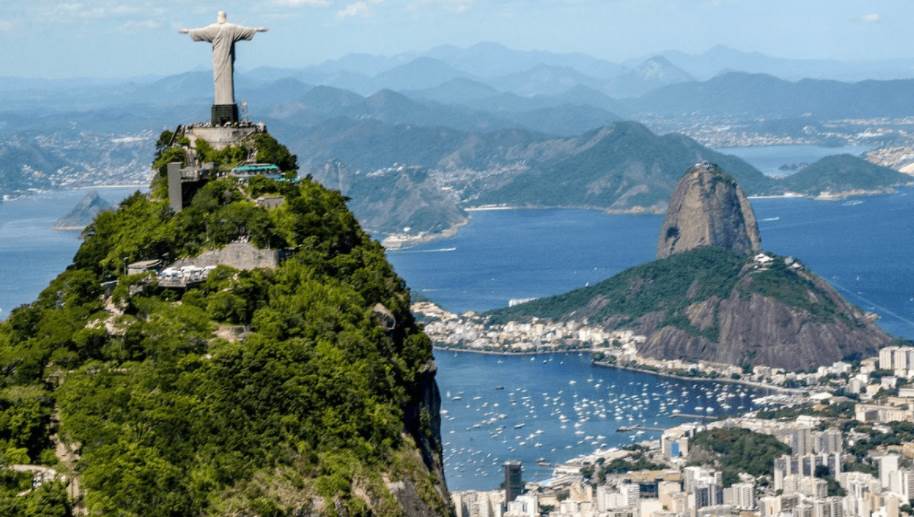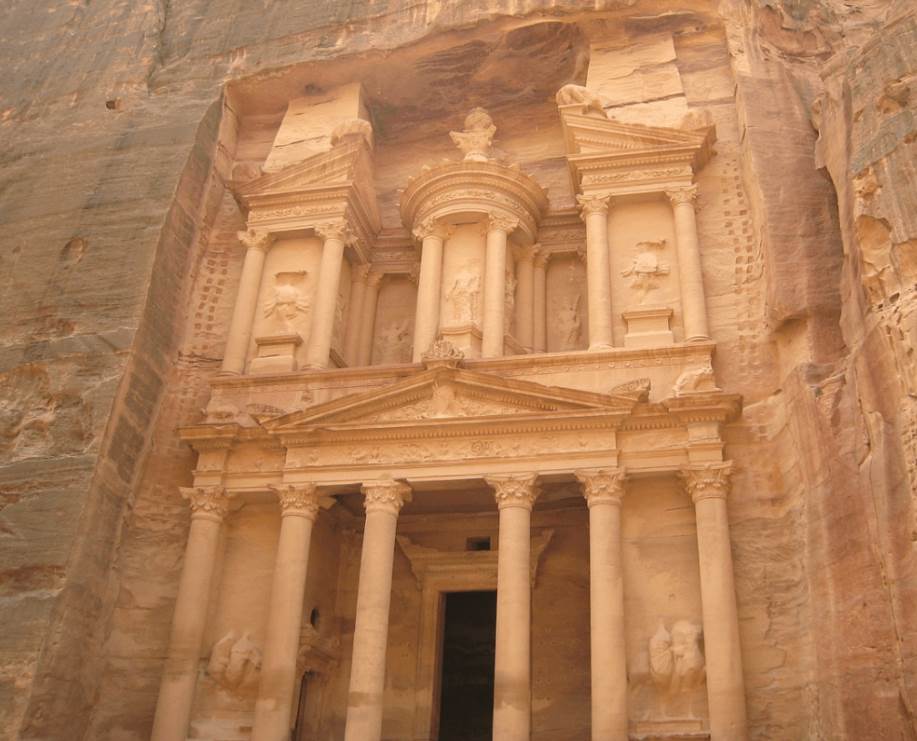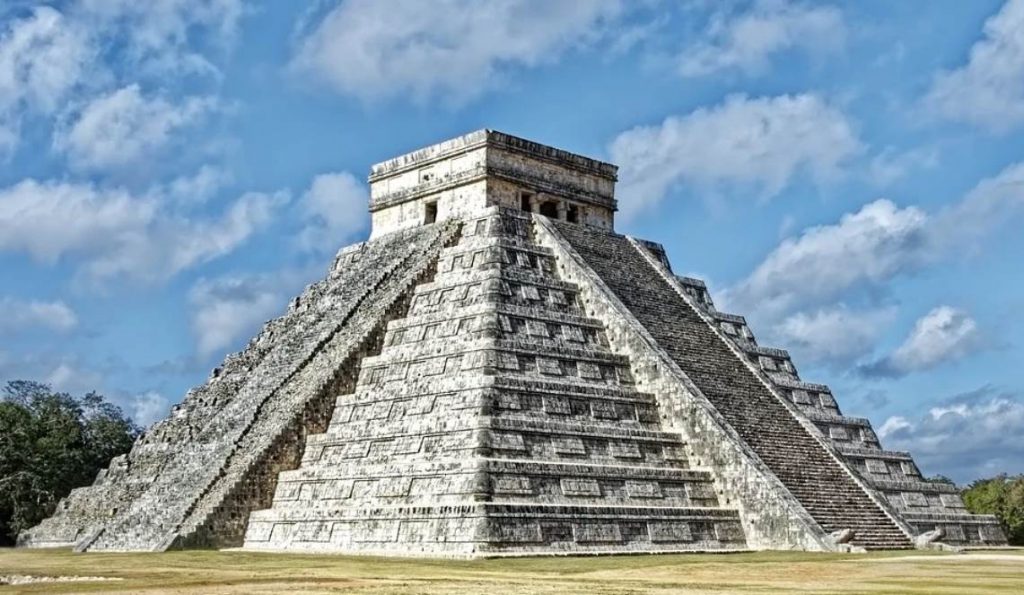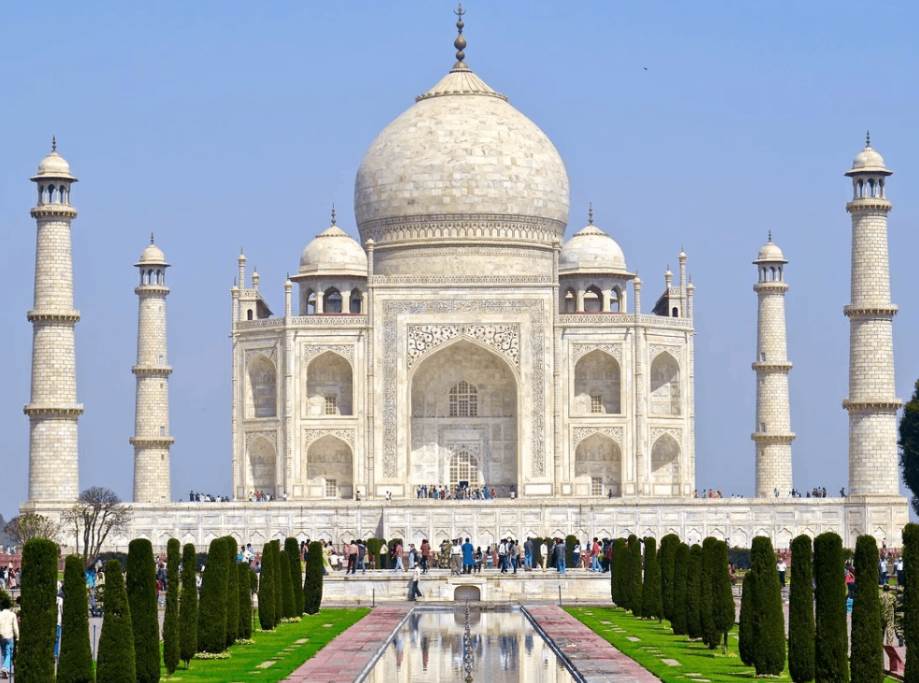Back in 2000, the New7Wonders Foundation started a campaign to answer one question: What are the 7 wonders of the world today?
More than 100 million people cast their votes over 7 years. They were able to choose from a list of 200 existing monuments.
The campaign aimed to reward amazing feats of architecture and replace the list of 7 Ancient Wonders of the World.
Below is what 100 million voters decided.
The Great Wall Of China
One of the new 7 wonders of the world is the Great Wall of China. The construction of some walls started as early ad the 7th century B.C.
The main objective of the wall was to protect the states of China from invading nomad groups. The most famous enemy was the Mongols.
The most famous sections were built during the reign of the Ming Dynast in between the years 1368 and 1644 A.D.
The total size of the Great Wall of China is 21,196 km (13,171 mi), making it the biggest man-made structure in the world.

Christ the Redeemer Statue in Brazil
The Christ the Redeemer statue is located on top of the Corcovado Mountain in Rio the Janeiro, Brazil.
The Christ the Redeemer Statue was built in 1931 and has become a symbol of Christianity all over the world. It represents Christ with open arms, watching over the city of Rio de Janeiro.
It’s the largest art-deco statue in the world and is covered with 6 million small tiles of soapstone.
It’s easily the most recognized landmark in all of Brazil and attracts millions of visitors every year.

Petra in Jordan
Petra is a historical city in the south of Jordan. It was formerly known by its inhabitants as “Raqmu.”
The ancient city can only be accessed through a 1.2km (0.75mi) gorge and is most famous for being carved out of the rocks.
It was the capital of the Nabataean Kingdom from as early as 400 B.C. The Nabataeans were mostly nomadic Arabs who gathered a lot of wealth from trading, resulting in the construction of this amazing city.
It became a UNESCO World Heritage Site in 1985 and has been described as “one of the most precious cultural properties of man’s cultural heritage.”

Chichen Itza in Mexico
Chichen Itza was a large city built by the Mayans, and most probably one of their largest cities. It’s located in the Yucatan province in today’s Mexico.
The city flourished at the peak of the Mayan culture which was between the years 800 and 1200 A.D.
The city consisted of numerous Mesoamerican buildings that were located on an area of about 5 square kilometers (1.9 sq mi). The state of preservation of the buildings varies.
One of the most famous buildings at Chichen Itza is the Temple of Kukulcan which resembles the famous Egyptian pyramids.

Taj Mahal in India
The Taj Mahal is an iconic ivory-white marble Islamic temple. It was commissioned by the Mughal emperor Shah Jahan in 1632 to honor his favorite wife Mumtaz Mahal.
The Islamic temple is located on the south bank of the Yamuna river in the Indian city of Agra.
The mausoleum is the epitome of Islamic architecture and art in India and beyond. It represents several architectural styles, including Persian, Islamic, Turkish, and Indian.
The Taj Mahal was added to the list of UNESCO World Heritage Sites in 1983 and has been described as “the jewel of Muslim art in India and one of the universally admired masterpieces of the world’s heritage.”

Colosseum in Rome
The Colosseum is Rome’s most famous building. Built between, 70 and 80 A.D. by Roman Emperor Vespasian, it was able to hold over 50,000 spectators who watched all sorts of games and other events.
It was the largest Roman amphitheater ever constructed and has seen a lot of bloody battle re-enactments, executions, plays, and all sorts of contests and public spectacles.
The Colosseum is an oval-shaped amphitheater located right in the center of Rome, just south of the Roman Forum.
Even though earthquakes, stone-robbers, and thieves have left most of the structure in ruins, some parts are still standing. The Colosseum is by far the most iconic symbol of the ancient Roman Empire.

Machu Picchu in Peru
Machu Picchu is an Incan citadel and city which was built in the 15th century. It was built during the reign of the Inca emperor Pachacuti (1438–1472), most probably in his honor.
It’s located in the Cusco region of Southern Peru on a 2,430-metre (7,970 ft) mountain ridge.
Because of its remote location, it wasn’t discovered by the Spanish during the colonial period. It was rediscovered by American historian Hiram Bingham in 1911.
Even though it has often been wrongly referred to as “the lost city of the Incas,” does remains the most recognizable icon of the Inca Civilization.

So to answer the question, “What Are The 7 Wonders Of The World Today?”, here is a summary of the winners:
- The Great Wall of China
- Christ the Redeemer Statue in Brazil
- Petra in Jordan
- Chichen Itza in Mexico
- The Taj Mahal in India
- The Colosseum in Rome, Italy
- Machu Picchu in Peru
It’s worth mentioning that the only surviving monument from the list of 7 wonders of the ancient world, the Great Pyramid of Giza in Egypt, was given honorary status.


